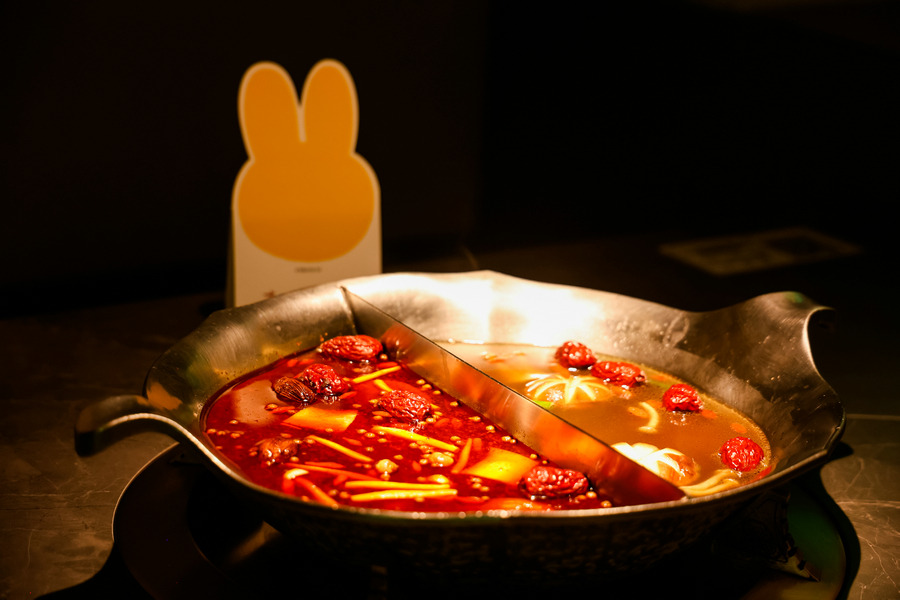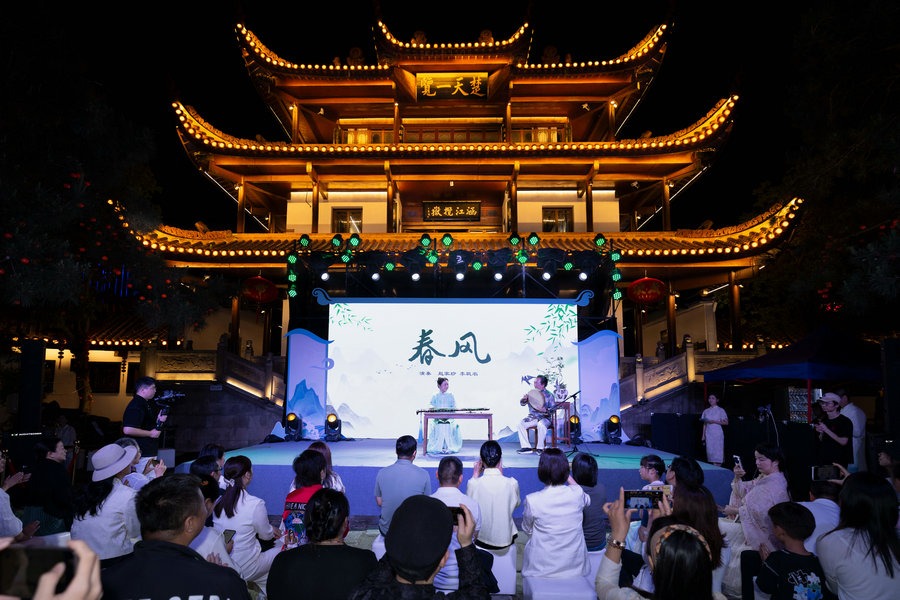A menu of enchantment
Cuisine that both fascinates and satisfies gives Wuhan a nourishing reputation, Xu Lin reports.

A taste of history
My journey continued at the Hubei Provincial Museum the next day, known for its extensive collection such as bronze objects, wooden lacquerware, bamboo and wooden slips, gold and jade ornaments.
A must-see is a large set of exquisite bronze chime bells unearthed from the tomb of the Marquis Yi of Zeng from the Warring States Period (475-221 BC) in Suizhou, Hubei province.
A reservation in advance allowed me to enjoy a splendid musical performance featuring replicas of the ancient instruments including the bronze chime bells, with dancers and musicians dressed in traditional costumes.
Another key artifact that always draws crowds of visitors is the bronze sword of Goujian, a legendary king in the Spring and Autumn Period (770-476 BC). The museum's cafe offers cakes shaped like the sword and chime bells, allowing visitors to relax while enjoying delicious treats.
The Wansongyuan food district ensures no visitor goes hungry. Streets like Xuesong and Yinsong are lined with diverse eateries, offering everything from breakfast spreads to midnight snacks.
Xia's Casserole, a popular restaurant, offers dishes such as lotus root and pork rib soup, fish stewed in an earthenware pot and fish roe stewed with tofu.
I found a small shop named Abao in a narrow lane, famous for its delicious pan-fried buns. The chef masterfully swirled the buns in a pan, and as he deep-fried them, flames suddenly erupted, crisping their bottoms to a golden brown.

































